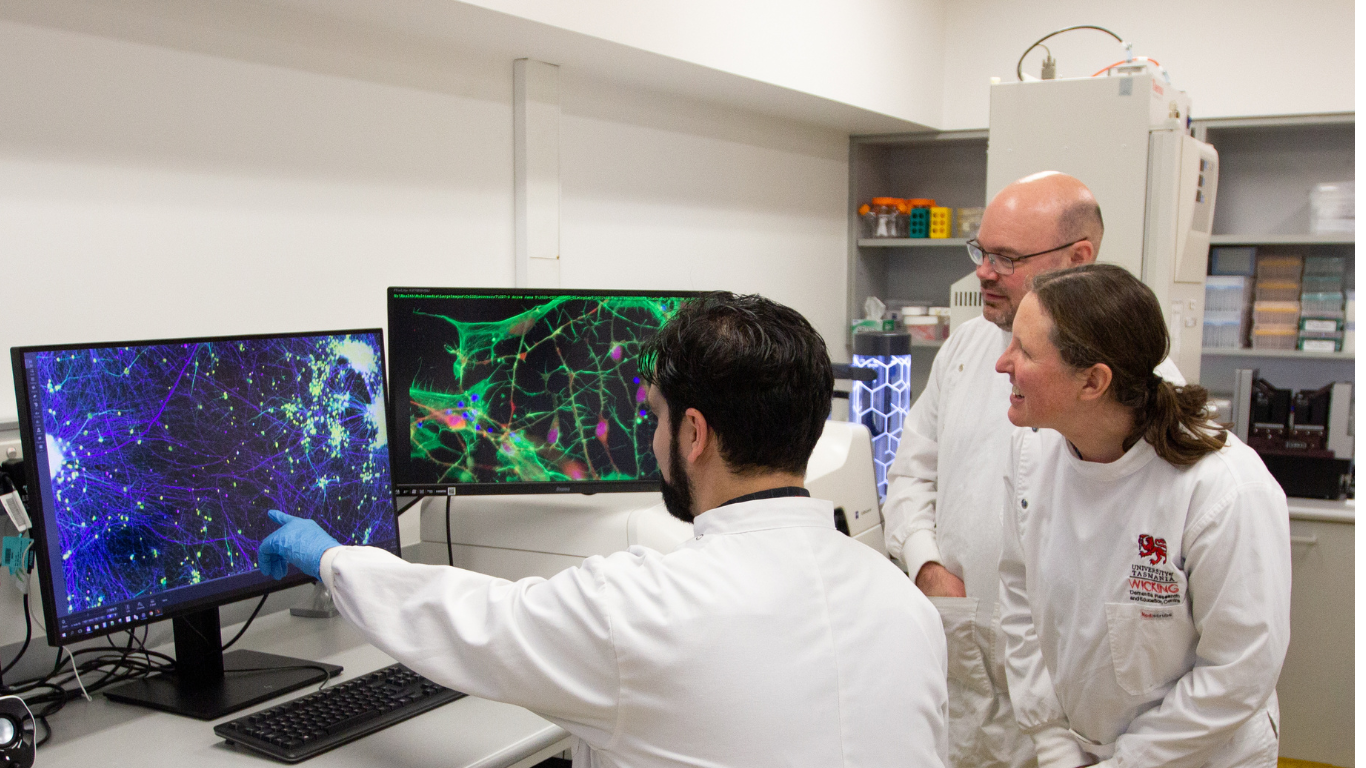The gene that put Australia on the map for MND research
In March 1993, SOD1 was the first gene linked to motor neurone disease (MND) with the help of Nigel Laing and a team of Australian researchers in WA. As a student at the time, and now a research professor in the MND field, Anthony Akkari witnessed the impact the discovery made in MND research.
Anthony remembers Professor Laing investigating the inheritance patterns in a large West Australian family affected by MND and a discussion with Professor Laing about MND: “It was that particular conversation, on that day, that engaged me as a student, curious and driven to research this inherited MND,” said Anthony. “Later that same year, my own father was diagnosed with MND; these two events turned me into both a neuromuscular disease researcher and carer for someone with MND.”
For Anthony, the history of the SOD1 gene discovery as a cause of MND highlights the strides made in MND research by Australian researchers. “Australia’s MND researchers have always had a view beyond the horizon when working to advance the understanding of MND.”
Professor Akkari has penned an article on the discovery, to access please click the link below.
